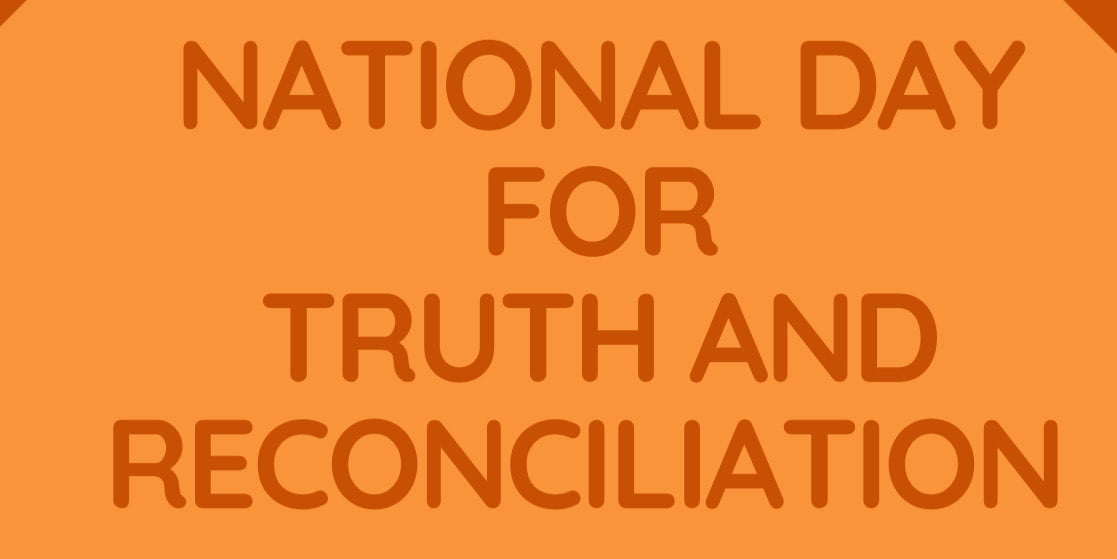
Reflections from September 30 | The Role of Non-Indigenous People
In our own way, we wanted to share the burden of healing from our nation’s past by understanding the sorrows caused by the residential schools in Canada. An estimated 150,000 children attended residential schools. An estimated 6,000 children died at residential schools. In total, over 130 residential schools operated in Canada between 1831 and 1996. In 1931, there were 80 residential schools operating in Canada. This was the most at any one time. The Gordon Residential School in Punnichy, Saskatchewan, closed in 1996. It was the last federally-funded residential school in Canada.
We invited Mary Thomas to chair a panel to discuss the role and response of non-indigenous people to the residential school trauma. The panelists were the Chair of the Anti-Racism Advisory Committee Shalini Sinha, Councillor Aaron Paquette and Davina Mcleod. The panel hoped to be able to get real with reconciliation. Sinha spoke about recognising and acknowledging the stereotypes and then consciously re-learning the misinformation we have been taught about indigenous people.
McLeod attempted to tell a story her grand mother who had been in the residential school system shared with her. Unfortunately, she had to leave the Panel because she had technical difficulties. The most insight came from Councillor Paquette who explained the harshness the Indian Act caused.
The Indian Act, which was enacted in 1876 and has since been amended, allows the government to control most aspects of aboriginal life: Indian status, land, resources, wills, education and so on. Paquette, seeking re-election for ward Dene, stressed that if we want to see change, we need to elect politicians who will show leadership and sensitivity. He also said we need to support indigenous organisations like Bent Arrow.
Many laws affecting Indigenous Peoples were combined in 1876 to become the Indian Act. The act gave Canada a coordinate approach to Indian policy rather than the pre-Confederation piecemeal approach.
The Indian Act:
- denied women status
- introduced residential schools
- created reserves
- renamed individuals with European names
- restricted First Nations from leaving reserve without permission from Indian agents
- created economic isolation
- denied men and women the right to vote
- enforced enfranchisement
- forbade First Nations from forming political organisations
- prohibited the sale of alcohol to First Nations
- created a permit system to control First Nations ability to sell products from farms
- was a piece of legislation created under the British rule for the purpose of subjugating one race – the Aboriginal people.
- forbade western First Nations from appearing in any public dance, show, exhibition, stampeded or pageant wearing traditional regalia
- forbade First Nations from practising their traditional religion
- forbade First Nations from speaking their language
- imposed the “band council” system
Source:
- https://www.ictinc.ca/blog/21-things-you-may-not-have-known-about-the-indian-act-
Watch the Panel here:





